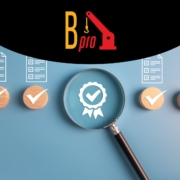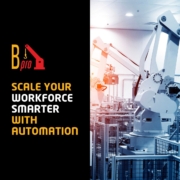Industrial Efficiency Through Integrated Automation and Maintenance Teams
Today, industrial efficiency no longer depends solely on having advanced automated systems. It relies on the effective integration between the teams that operate, maintain, and optimize them. Coordination between automation and maintenance departments has become one of the key pillars for achieving high levels of productivity, operational stability, and cost reduction in modern plants.
Integration as a Strategic Foundation
Automation systems work with extreme precision, but their sustained performance is only possible when there is direct communication with maintenance teams. This integration allows data collected from sensors, PLCs, and SCADA systems to be transformed into actionable information for diagnostics, failure prevention, and continuous improvement.
When both areas operate under a unified technological strategy, a constant feedback loop is created: automation detects, maintenance interprets, and the plant improves. This continuous cycle reduces downtime, optimizes resources, and extends the lifespan of machinery.
Benefits of an Integrated Structure
An integrated automation and maintenance team does not simply react to failures—it anticipates them. Through real-time data analysis, technicians can identify patterns such as unusual vibrations or temperature changes that often precede a breakdown. This enables scheduled interventions that prevent production loss and ensure product quality.
Integration also promotes standardized procedures and traceability of every technical intervention. As a result, production managers gain better control over energy efficiency, OEE (Overall Equipment Effectiveness), and overall equipment availability.
Technology and Communication: The Drivers of Change
Modern integration solutions include digital platforms that centralize maintenance and control data. These tools simplify task planning, spare parts management, and automatic generation of technical reports. At the same time, they foster collaboration between engineers, technicians, and supervisors—breaking down the traditional barriers between operational areas.
The outcome is a smarter production environment where automation does not replace maintenance but enhances it. Decisions are based on data rather than assumptions, and the plant evolves toward a preventive, optimized model of operation.











Dejar un comentario
¿Quieres unirte a la conversación?Siéntete libre de contribuir!